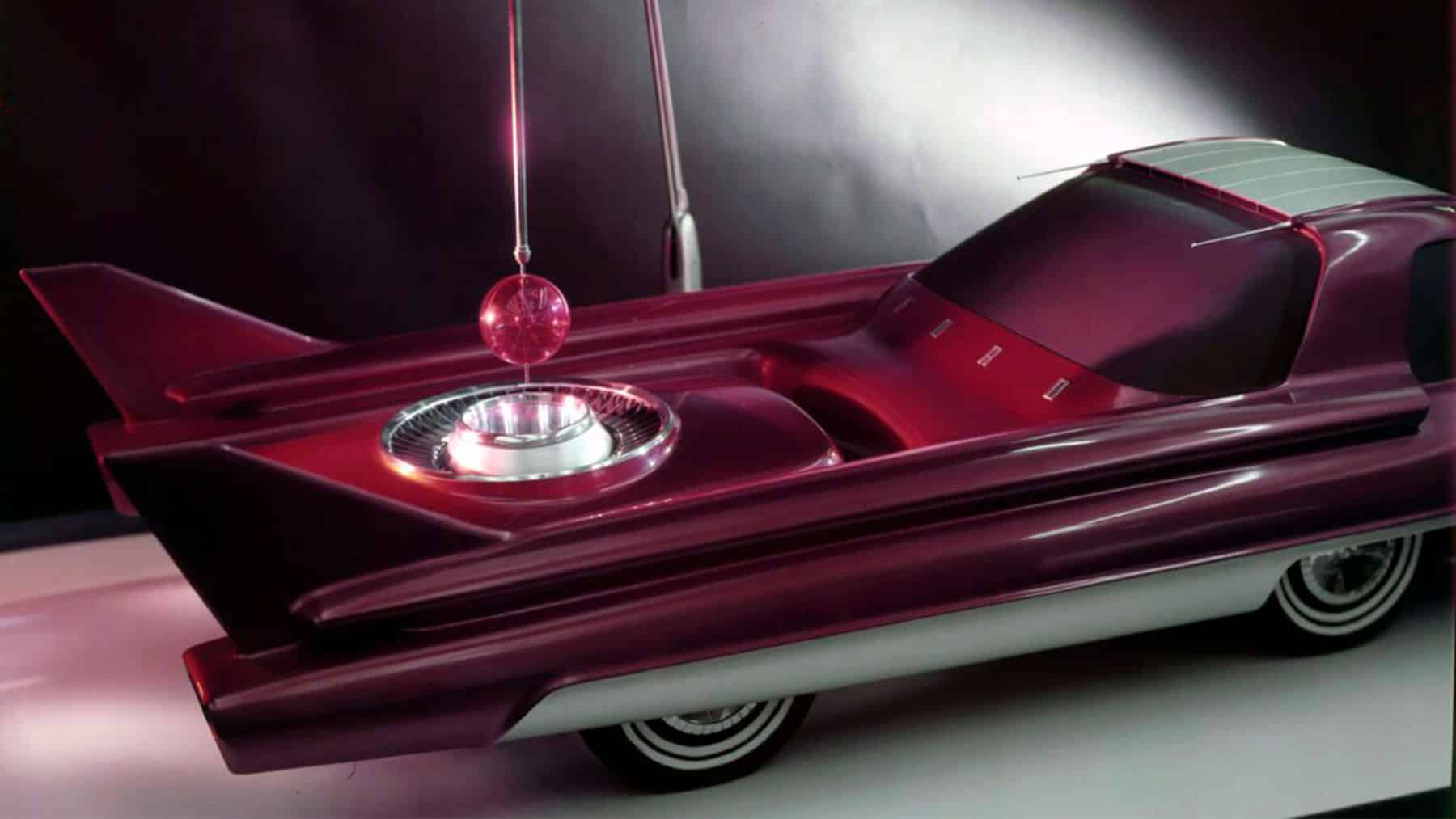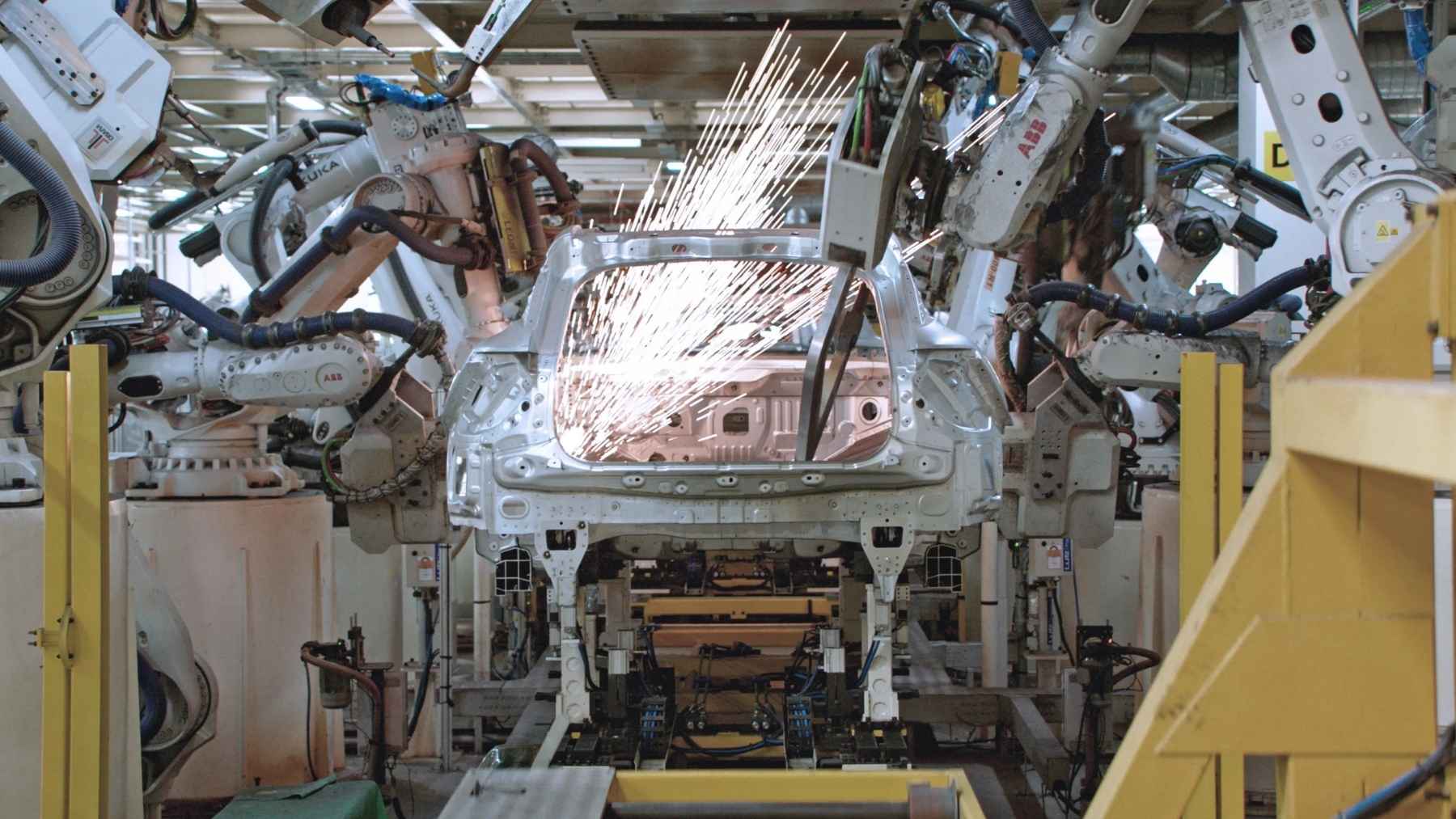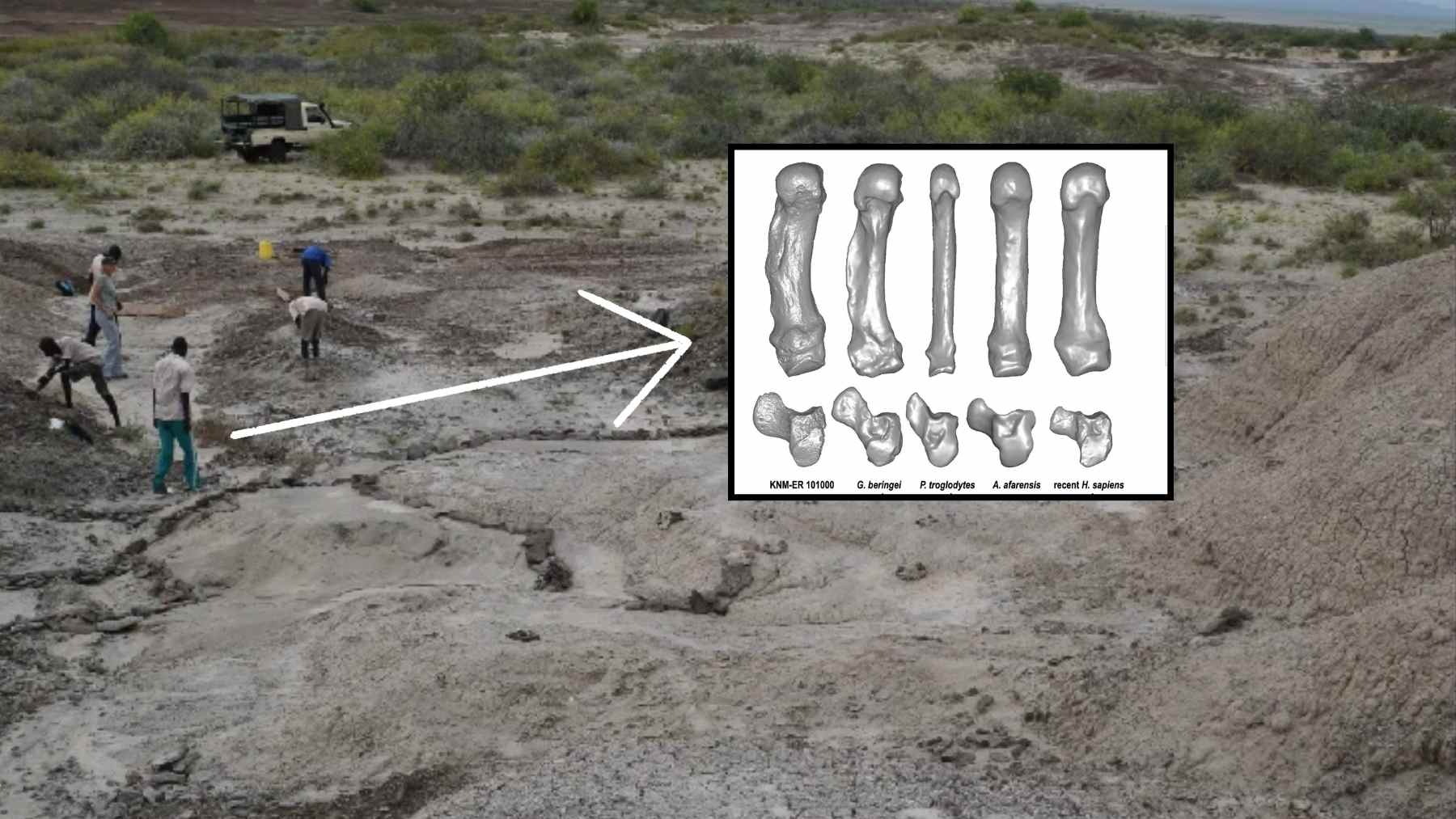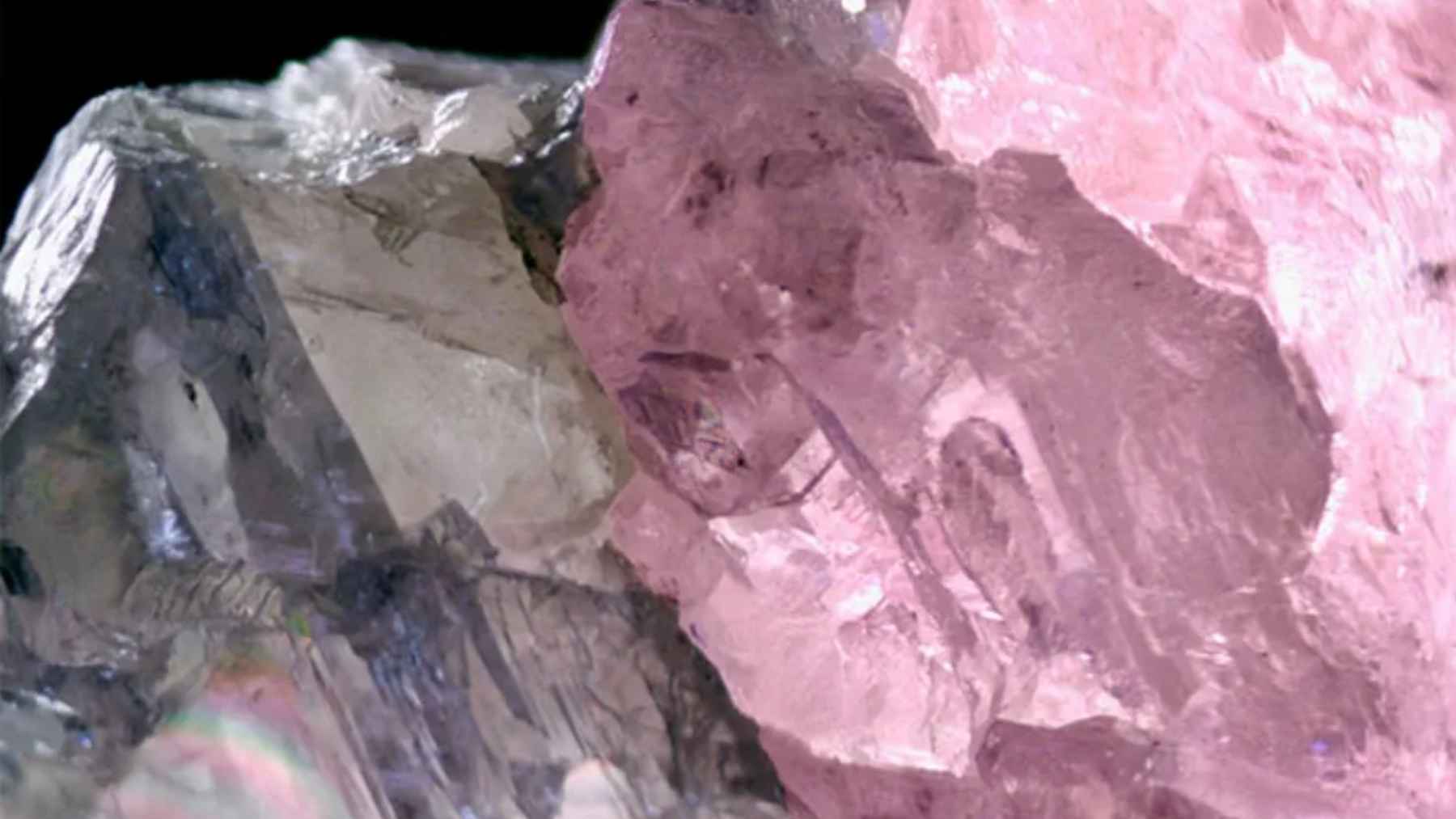Nuclear technology has constantly been an elusive and exciting technological possibility. Offering unlimited and clean energy, being able to use this technology in practice would be revolutionary across industry. While nuclear fission technology is currently in practice for large scale utility application, its counterpart nuclear fusion technology is still under investigation. In addition, nuclear-powered cars is an idea which is also under peripheral investigation.
The potential of nuclear technology
Nuclear energy application has many exciting possibilities, some of which are more feasible than others. Nuclear fission technology is currently the way nuclear technology is in action. Nuclear fission technology refers to the process of splitting an atom into smaller nuclei. The two element’s atoms which are generally used in this process are uranium-235 or plutonium-239.
Nuclear power plant currently provide approximately 10% of the world’s electricity. While the energy is clean, a major criticism of the process is the radioactive nature of the process. The process of doing nuclear fission technology produces significant radioactive waste, with no current way of disposing this waste effectively without harming the environment.
An alternative to nuclear fission technology is nuclear fusion technology. This involves fusing two nuclei instead of splitting them. A major advantage of this technology is it not only would offer unlimited clean energy, but would also not produce radioactive waste. However, the drawback of this technology is that, in its current state, we have not found a way to produce a net positive output. However, if this could be achieved, it would revolutionize the clean energy sector.
Nuclear-powered vehicles?
One application of nuclear technology which has not been significantly explored is the idea of nuclear-powered vehicles. Very few automobile companies have explored this, due to the limitations we currently have with current technology to have a feasible engine where the sheer power of such technology could be scaled down for a passenger vehicle.
However, American automobile company Ford did explore the idea in the 1950s. The car was dubbed the “Nucleon”. However, the car never made it past the scale-model stage of design. To power the car, Ford suggested that the Nucleon be fitted with a small nuclear reactor, where a steam engine inside the vehicle would be the catalyst for the uranium fission reaction process. Ford estimated that the car could drive for 8,000km before you would need a new fill of uranium.
Ford released another design of a nuclear powered car in 1962, called the Seattle-ite XXI. The vehicle had six wheels, and got its propulsion from a nuclear reactor which would generate electricity to power an electric motor inside the car. While the vehicle never made it to the production line, what is interesting about the design is that it included many technological design concepts which were not in 1960s vehicles at the time, but are what we see in today’s cars, such as computer-aid information systems.
Nuclear power is just one road towards sustainability
While nuclear power is still under development, other sustainable energy solutions and technological advancements have been identified and implemented across industry sectors. Solar power energy has been particularly successful, both in its application on Earth and in outer space. Within the next decade, solar power is set to become the largest source of renewable energy, surpassing wind and hydrogen energy.
In the transportation world, while nuclear-powered cars have not had as much success, electric and hydrogen engines have been widely a successful. With the electric car taking the world by a storm, particularly due to the innovation of Tesla, the possibility of phasing the internal combustion engine out is slowly becoming more of a reality.














